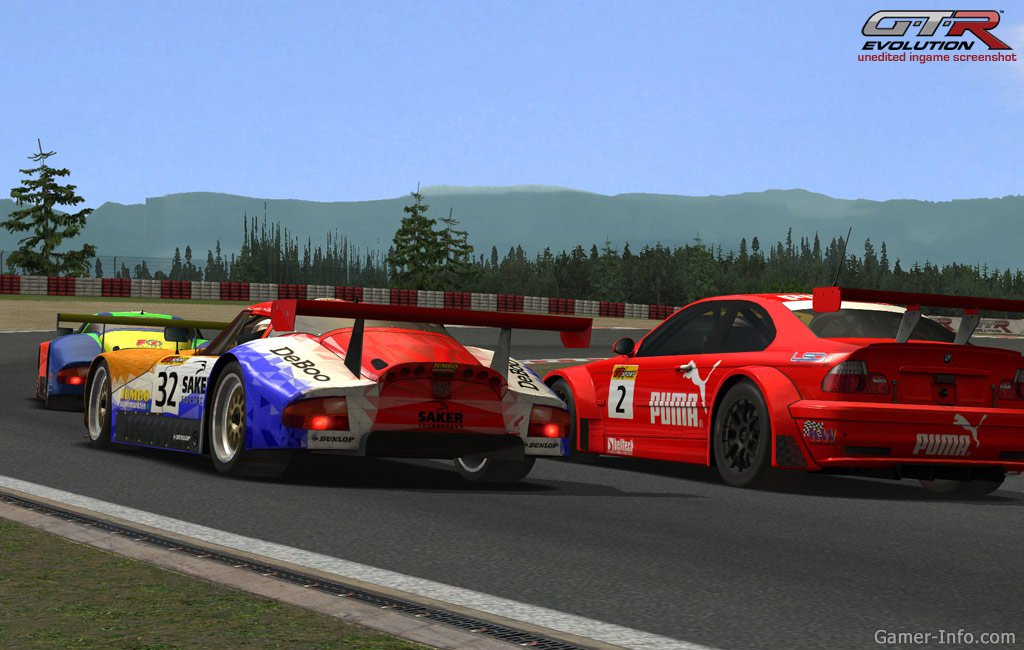
That’s pretty much everybody’s story so you just take it step by step. I was pretty much limited to just white key playing. There was a time, of course, when I couldn’t play in any of those keys. If you just do that year by year you’d get much better.
#Gtr evolution requirements how to
I don’t mean you’d be great at it but you’d have some idea how to do it and you could do it to some extent. By the time you got through with the year you would be fairly familiar with all twelve keys. In February, you would learn the key of D and just make yourself transpose to those different keys. In January, you could master the key of Db, play songs in the key of Db. There’s twelve months and there’s twelve keys you can play in, twelve major keys.

When I used to teach one-on-one with people, I would assign them to learn one key per month. You need to master the formula for a major scale and then apply it to each key. If you are in the key of Db … whole, whole, half, whole, whole, whole, half. You’ve got to go to C#, then up a whole step to D#, E, whole step to F#, G#, A#, B. If we start on B, whole step of a B is not C, that’s a half step. Now, that’s easy to see in the key of C because it’s all white. So two whole steps and a half step and then three whole steps and a half step. Whole step, whole step, and then a half step, whole step, whole step, whole step, half step. We have to go up a whole step from C to find the second degree of the scale, and then another whole step, you see because it skips a key. Let’s run through, just to review, what a major scale is.Įvery major scale has a row of whole steps and half steps. If I wanted to play it in F or F#, G, Ab, Bb … whatever key it is. If you played it in the key of Eb, it would have to be same chord … The I chord in the key of Eb, then the V7 chord, back to the I chord. In other words, if the first chord in the key of Silent Night, in the key of C was C, and the second key was G7, say, then it would have to be the same in the new key. You just have to know the scale of the new key that you’re playing in, and then you have to match the chords. So when you transpose it’s mathematically the same in each key. If you wanted to play in the key of F, fifth, sixth, fifth, third. If you wanted to know it in the key of D you would have to know the D scale of course, and I’ll just review that with you briefly, but you’d play the fifth, sixth, fifth, third and if you wanted to play it in the key of E, you’d have to know the E scale and you would play fifth, sixth, fifth, third. That’s made up out of the fifth, sixth, fifth, and third of the C scale, right? In the key of Eb it would also the fifth, sixth, fifth, third … You see? It’s mathematically the same. If you play the fifth note of the C scale … Let’s take a simple melody like Silent Night. In other words, if you play … Here’s a scale of C and here’s the scale of Eb. What you know about the key of C is the same thing you’re going to do in the key of Eb. You’re not modulating, you’re just playing it in a different key. Let’s say you’re accompanying a singer and the singer wants to sing it in the key of Eb, okay? You have to transpose from the key of C to the key of Eb. Let’s say that you’re playing in the key of C. Transposition is the process of playing in a different key than what’s written.


Let me just finish in the key of C … and there I am in the key of Ab. How do I know that? I would play up the Ab scale to find the V chord, go to the VII chord and I would be ready to go into the new key. The V7 chord of the key of Ab would be Eb7. In other words, if you want to go from the key of C to the key of Ab, say, you find the V7 chord of the new key. Modulation involves finding the V7 chord of the new key. Two of the things you really need to know about music are modulation, how to get from key to key, and how to transpose -Â how to play in a different key than music is written in. We’re doing a series, by the way, on music theory called Good Stuff You Really Ought to Know About Music. Modulation is a process of getting from one key to another key, whereas transposition is the process of actually playing in that new key. Today we’re going to take a look at transposition.


 0 kommentar(er)
0 kommentar(er)
